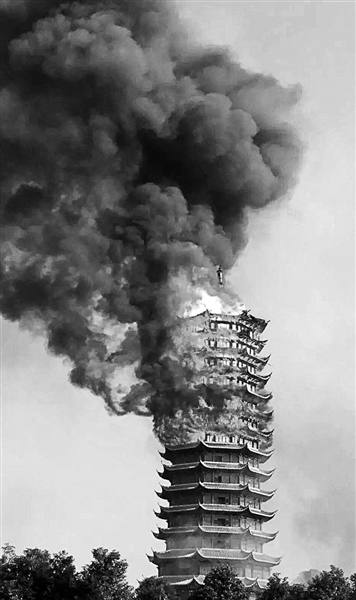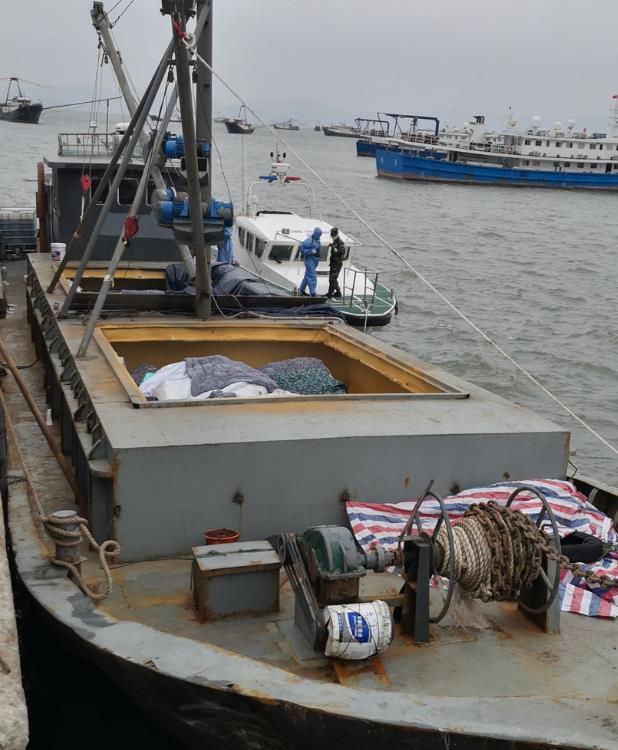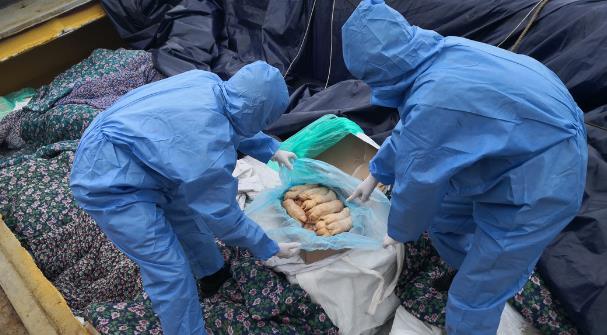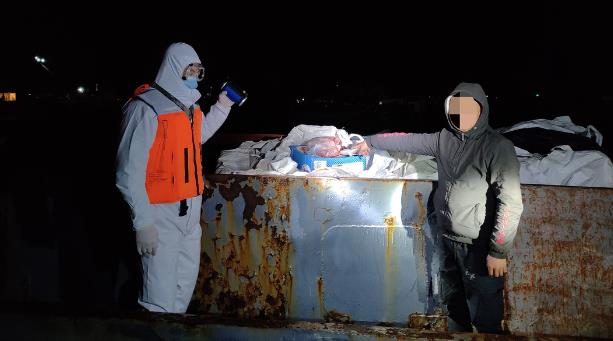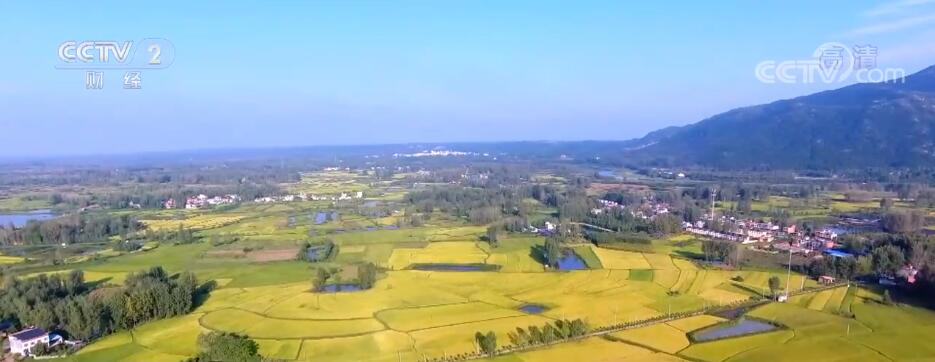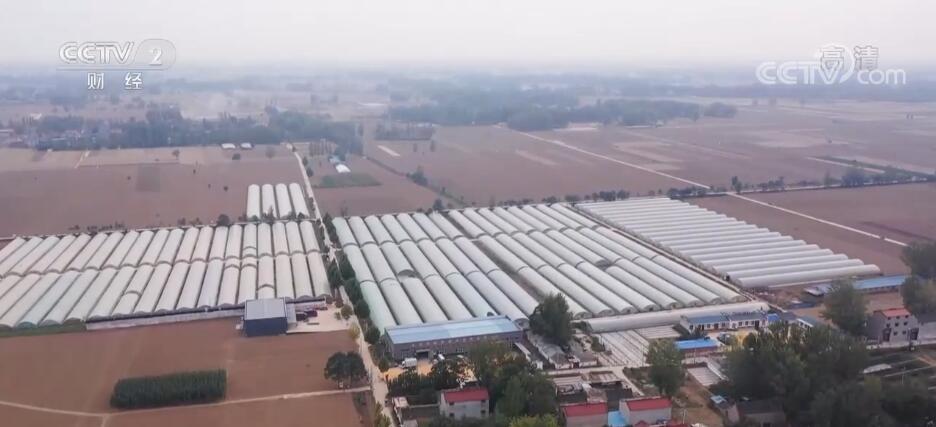The shadow of a child
I am wrong, but the way to correct it is not to scold! I am a human being, I have dignity, not an animal! I’ll just go, unforgettable loneliness.
The shadow of a father
Dad has been playing cards all afternoon, alas! I wonder if they will fight at night? At 1: 00 in the morning, the record broke, hehe, is playing cards so fun?
The shadow of a family
Dad won, 500 yuan! Gave me 40 yuan hush money, hehe! That’s dishonest, dad. You taught me badly! Dad rushed home in front of mom, and sure enough, he was fooled!
At 0 o’clock in the morning on the 20th, a special figure appeared in the police station of Yubei Road in Shapingba District, which attracted people’s curiosity: he was a boy with a height of about 1.55 meters, a thin figure and stubborn eyes. Carry-on travel bag, bulging, as high as his knee, contains clothes all year round, two fruit knives and a diary.
Xiao Fei, a 14-year-old boy from Leshan City, Sichuan Province, now lives in Shiqiaopu, Jiulongpo District, Chongqing, and has dropped out of school for half a year. His father, who was fond of playing mahjong, was recorded in the diary. In the afternoon, he was slapped by his father. As a result, he had his first trip to Chongqing since June this year.
Why did you run away at an early age? The police found clues from the diary. The word "mahjong" was the most mentioned by the teenager, and his heart was solved by his father. As a result, a special scene happened. What happened on the day my son kept a diary? Can the father recall what he wanted to say to his son after reading the diary?
Now, the Chongqing Evening News reporter has restored the scene from zero distance, hoping to help every parent, especially those who love to play mahjong, to understand the art of family communication between the lines of the diary.
Sunny on August 6, 2016
Today, I used my savings and bought a basketball, which was pretty good, but no one accompanied me. It doesn’t matter, I can play by myself, and I can play with my new friend, Fat Man. Dad has been playing cards all afternoon, alas! I wonder if they will fight at night?
Mom’s shoes are broken. I bought a bottle of glue. I don’t know if it can be repaired well … …
At 1: 00 in the morning, the record broke, hehe, is playing cards so fun?
Without saying a word, my father kept his eyes on the diary for about 3 seconds and quickly turned to the second page.
Sunny on August 9, 2016
It was 10 o’clock last afternoon. In the afternoon, my father went to play cards and I went to buy food!
Dad won, 500 yuan! Gave me 40 yuan hush money, hehe! That’s dishonest, dad. You taught me badly! Dad rushed home in front of mom, and sure enough, he was fooled! If it weren’t for me, I’d see dad still be embarrassed!
Ha ha! At night, he went out again!
My father smoked a mouthful of cigarettes and smoothed his hair. The smoke came out from his nose and he was still speechless.
August 10, 2016 is fine
I was scolded by my dad four times in total. I don’t want to talk back, because he is always my old man, but is it excessive to always do so?
I am wrong, but the way to correct it is not to scold! I am a human being, I have dignity, not an animal! Have you ever respected my feelings? Will you put yourself in the other’s shoes? It’s always like this. I will hate you uncontrollably, understand? I am your son, not a toy for you to play with!
I finally said it, so comfortable!
Father read the diary carefully, his lips moved, but he didn’t make a sound. This detail is less than 2 seconds at best, and time seems to have stopped.
August 19, 2016, Sunny and Pro-book
Whatever, the big deal is to kick me out during the Chinese New Year.
I don’t want to go on like this either. I’ll leave if it’s a big deal.
I’ll just go, unforgettable loneliness.
Until this stubborn life stops, my heart has been buried deep in the center of the earth! Miss thoroughly, buried deep in the center of the earth!
I have never seen you clearly. Why are you like this … …
Thank you. I feel that I am very happy and have learned a lot by summing up my experience of more than ten years in these months. Thank you … …
My father took a few puffs of cigarettes and said, I never knew about his keeping a diary. In his words, we can see his remorse and regret for his son.
On August 20, 2016, it was sunny and hot.
Yes, I do! I was told about the wound today. She’s my own mother, XXX, and says I’m exactly like her. He blames the children for the last generation, no!
For the next generation, this is what a father said to his son. Do you believe it? He never treats me like a normal child. He is always reasonable there. I won’t talk back. I went to the corner of the balcony and cried. I won’t let others see my fragile side! Please don’t blame me for your resentment against her!
Our youth, where to go?
Alas, my father sighed lightly, and his voice was thin and long.
Interpretation of Diary and Hand Painting
Look at the child’s inner world
In addition to the diary, there are some hand paintings in the diary of Xiao Fei, and the style of painting is somewhat different. However, his talent to convey his painting potential is unbelievable from a 14-year-old boy who ran away from home, and he is a bit naughty.
Yesterday, Chongqing Evening News reporter contacted Mr. Yang Yamou, who has more than 10 years of painting experience and is now engaged in TV column planning and advertising activity planning. After reading Xiaofei’s paintings, he said that guns, Guan Gong and dragons all represent masculinity, which is particularly tense and offensive in Xiaofei’s works, indicating that Xiaofei is eager for a kind of power to control himself and others. Judging from the lines and colors of his paintings, Xiaofei has some violent tendencies and a slightly violent personality.
"He only achieved this level after two semesters of painting training, which shows that this kid is very talented. If you continue to cultivate, it is a good seedling for painting. " Yang Yamou said that many young people with artistic talent will have more delicate minds and unique ideas than their peers. If teachers and parents are not good at guiding, they will often behave particularly rebellious and disobedient in adolescence and become bad children in the eyes of the secular. He also met some people with talent for painting, and finally deviated from this road. The reason is that the mistake is often not in a teenager.
Yuan Zhizhong, a professor at the School of Communication, Southwest University, said that the education of school, family and society is indispensable for a person to become a success. From Xiaofei’s situation, the education he received is lacking. "If a person wants to achieve something in art, then his cultural accomplishment is of great help to him in tasting art and learning and understanding. Campus life is also beneficial to a teenager’s physical and mental health. At present, it seems that Xiaofei should return to school. In the case of full communication between parents and teachers, let him continue to learn painting while following up cultural courses as much as possible. Teaching students in accordance with their aptitude is the best choice. "
Reasons for leaving
"I boiled the oil residue, and he shouted that the oil was terrible! Just gave me a lot of slap in the face. "
When the Chongqing Evening News reporter saw Xiaofei, he was sitting in the reception chair of the police station in a contracted posture. Prior to this, the police gave him a bottle of 550 ml of mineral water, and Xiaofei drank it upside down in 20 seconds.
Approaching, his baby’s fat face is a little dirty, with a pair of big eyes clear and stubborn, hoodie, ripped jeans and sneakers. At first impression, it’s hard to associate him with running away from home.
He said that he is from Qianwei County, Leshan City, Sichuan Province. About 10 years ago, his parents divorced and he lived with his father and stepmother. In his mouth, he is a bad boy. He once peed on the table tennis table when he didn’t agree with his peers when playing table tennis, so that everyone couldn’t play. I once picked up an abandoned kayak with my friends and drifted for dozens of kilometers in the Minjiang River until the kayak was completely out of breath and was rescued by fishermen, but the fishermen’s fish were released by them … …
"She (biological mother) works in a hotel in Aba Prefecture, Sichuan Province. Her life sometimes needs help from her father. I don’t have much contact with her." The policeman asked, and he answered, and his wandering eyes conveyed his exhaustion from home.
He said intermittently that in June this year, when he didn’t want to study in the first grade, his parents took him to live in Shiqiaopu, Chongqing. Usually when his parents go to work, he watches TV, reads books and draws pictures at home. Seeing that he didn’t study, his parents began to teach him some life skills. He tried to buy food and cook. This time, the conflict with my father broke out, which is also related to this.
"This afternoon, I was cooking oil at home, and I boiled the oil residue. He shouted that the oil was terrible! As I spoke, I was slapped a lot. I put on my clothes in front of him and came out. He saw me and said, don’t go back when you come out. " Xiaofei spoke out the contradiction with his father before leaving home, and the voice just fell and he breathed a sigh of relief.
The police called the Chongqing Evening News reporter to another room and relayed other information that Xiaofei said about leaving home. In the afternoon, Xiaofei left home and walked penniless from Shiqiaopu to Shapingba. He was hungry and sleepy at night and fell asleep on the side of the road in a daze until he was discovered by the patrolling police.
At the end of the speech, the police regretted that Xiaofei was 14 years old, which was the right age to go to school for education. Children who ran away at his age were comforted, but after reading Xiaofei’s diary and learning that he tried to change himself at home, he kept his father away from the mahjong table, which moved the police.
"This kid writes a good diary and draws a good illustration. He is a material that can be made. It’s a pity that he dropped out of school long ago. " The police asked the Chongqing Evening News reporter to help Xiaofei return to school while bridging the emotional gap between the father and son.
Father embarrassed
"12 diaries, not counting the torn ones, 7 of which are about playing cards."
At 1 o’clock in the morning, Xiaofei’s parents who received the police notice rushed to the police station.
Father Xu Guihua, a truck driver, is 40 years old, about 1.65 meters tall, with a small belly, shaved hair on both sides, a tile in the middle and a gold necklace. Not far from Xiaofei’s sight, he sat down and talked with the police.
The reporter noticed that Xiaofei stared at his father for about 3 seconds. Then, he embraced his hands, looked disdainful and looked away.
"Don’t be angry with dad. Let him accompany you to eat something and go home to sleep later."
"I’m not going back with him … …” In the face of police persuasion, Xiaofei couldn’t hold back her tears and fell to the ground along her face without crying.
"Why?" The police asked.
"Go back and be beaten again … …” He answered, putting down his hands around his chest, and I could see that he was relieved.
The policeman turned to Lao Xu and said, "Don’t hit the kids again when you go back! If your old man hits you again, you can call the police! "
Lao Xu paused, embarrassed expression, didn’t answer the words.
Seeing this, the police took advantage of the situation to continue persuasion and took out a diary to show him.
"I didn’t even know he had this diary … …” Lao Xu’s reaction was somewhat unexpected, and it was hard to hide his surprise.
"12 diaries, not torn, 7 of which are talking about playing cards. On August 18 th, I vomited so many slots, and finally wrote: Love you forever, father! Love you forever, mother! " The policeman handed the diary to Lao Xu, and at the same time asked Xiao Fei to come and let the father and son communicate at close range.
"Look at your baby’s diary, do you think about it?" The police threw words.
Lao Xu hesitated for a few seconds and said, "I also know that kids are changing, and my education method is wrong … …” He hesitated, lowered his head and took a few deep breaths of smoke.
Later, he closed the diary and handed it to his son.
"The baby hasn’t eaten yet, so I’ll take him to eat … …” He put forward the idea of communicating with children alone.
After completing the relevant formalities, Lao Xu and his son left the police station.
Xiaofei deliberately kept a distance of three or four meters from his father, and the shadow was pulled very long under the illumination of street lamps.
Mother circus
"Although I also reconcile the contradictions between them, it is difficult to have immediate results."
Yesterday afternoon, it was the day when Xiaofei and the Chongqing Evening News reporter agreed to meet. The location is Shiqiaopu, and he is standing in the warehouse where my aunt sells ceramic tiles.
The Chongqing Evening News reporter sent him two books: History of Western Art and History of China Art, hoping that he could go further and further on the road of painting.
Later, the Chongqing Evening News reporter contacted his stepmother, Ms. Cao.
Reporter: If something happens, such as boiling oil residue before, how to divert it?
Ms. Cao: His father just didn’t think it was done well, so he wouldn’t do it. Now the baby has a strong concept of face, which hurts his self-esteem. Plus he’s so old, hitting people can’t solve the problem. In the future, I will persuade him to stop hitting people.
Reporter: Xiaofei told us that he likes you very much and never treats you as a stepmother. He also said that painting was encouraged by you, so he would prefer painting.
Ms. Cao: Actually, I just did my mother’s duty. I often enlighten him, just as you like painting. Adults also have their own hobbies. You can tell me everything or talk to your father. You have to understand, my Lord.
Reporter: He said that his father is obsessed with playing mahjong. From his words, we can feel that he is extremely dissatisfied with his father’s playing mahjong. He wants to make his father turn his attention away from the poker table and pay more attention to his family.
Ms. Cao: His father is really obsessed with playing cards, and Xiaofei has expressed his dissatisfaction many times. I know this situation, although I also reconcile the contradictions between them, but it is difficult to have immediate results.
Reporter: What are your plans for Xiaofei’s future growth?
Ms. Cao: The family is going to wait for him to be older and find him a technical school to study, so that he can have a skill and find a job to support himself when he grows up.
Father-son agreement
"Xiaofei made a mistake and voluntarily admitted that his father stopped hitting people."
At Xiaofei’s home in Shiqiaopu, we noticed two impressive details. Xiaofei took his father’s cigarette and handed it to the reporter. He was afraid that when the reporter didn’t hear him clearly, he picked up the remote control board and turned the voice down. Finally, he stressed that this was the hospitality courtesy taught by his mother.
For the future, he said, he wants to engage in a career related to painting, or wait until he is older to study in a technical school and become a chef.
What does Lao Xu think of his way of educating his son? When we saw him again, we began to answer.
Lao Xu: I had never hit him before. When I arrived in Chongqing, Xiaofei still said that the old man had never hit him. He is getting more and more disobedient now, and I hate iron to produce. I want to try my hand, but it has no effect.
Reporter: I ran away from home after hitting the baby. Do you think it has any effect?
Lao Xu: (At first, he didn’t answer the words, as if they were on the tip of his tongue, and he finally spoke after a pause) In his hometown, he and his brother worked with the Mavericks to do a lot of things that made people angry, and I was even involved as an indemnitor.
Reporter: Can you tell me about the fact that Xiaofei accused you of playing cards many times in his diary?
Lao Xu: I’m a truck driver. After the National Day, my business is light. I usually play Chengdu Mahjong in 5 yuan with my neighbors and other drivers in my neighborhood. If I have business, I will definitely go to the sports car. I didn’t end up being so obsessed with mahjong that I didn’t earn money.
The day after Xiaofei was taken home by his father, his aunt suggested that he help keep the stall and give him 1000 yuan salary for one month. Xiaofei and his parents accepted this proposal, which led to the above scene.
How will father and son get along in the future? Lao Xu invited the reporter to be a witness. He signed a father-son agreement in Xiaofei’s diary. The content is roughly as follows: "In the future, both the father and Xiaofei will take the initiative to admit their mistakes, but only if the father stops hitting people."
Chongqing Evening News reporter Wen Han john young Huang Yanchun’s photo report
